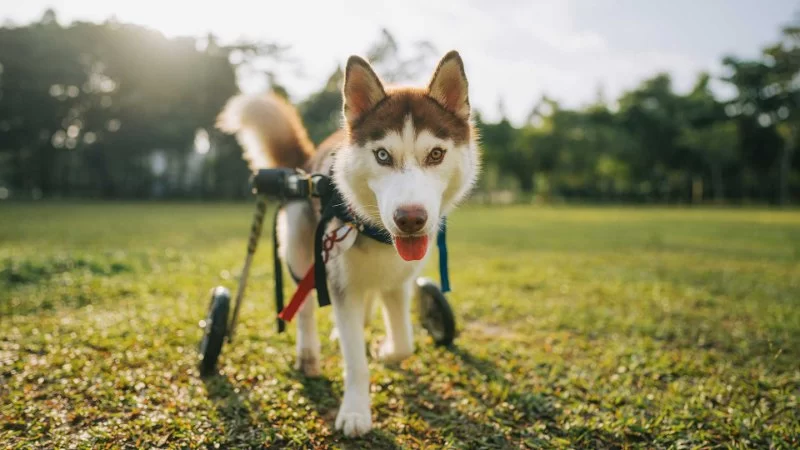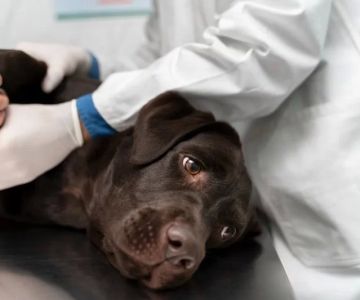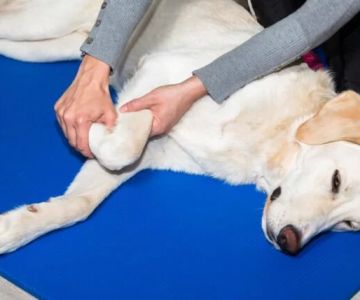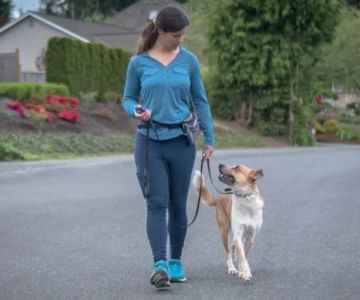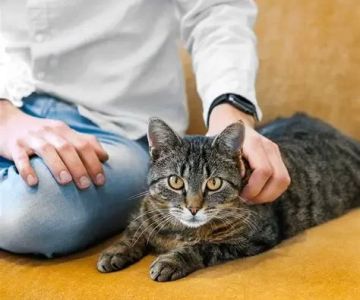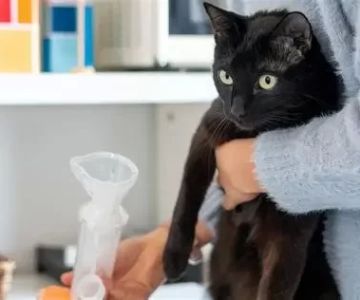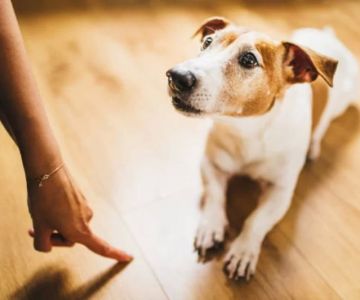- 1-how-to-help-pets-with-mobility-loss-stay-happily-engaged
- 2-understanding-mobility-loss-in-pets
- 3-physical-support-and-rehabilitation
- 4-mental-stimulation-for-immobile-pets
- 5-adapting-your-home-for-pet-comfort
- 6-real-life-stories-of-resilient-pets
- 7-how-hidden-brook-veterinary-helps-pets-live-better
1. How to Help Pets with Mobility Loss Stay Happily Engaged
When a beloved pet begins to lose mobility — whether from aging, injury, or chronic illness — it can be heartbreaking for owners. Yet, with the right care and creativity, these pets can continue to enjoy full, meaningful lives. Mobility loss doesn’t mean a loss of happiness. It means finding new ways to keep your furry friend mentally stimulated, emotionally fulfilled, and physically comfortable.
At Hidden Brook Veterinary, we’ve seen countless cases where compassion, patience, and practical support transform a pet’s daily experience. From wheelchairs to sensory play, there are many strategies to help your pet remain active and engaged, no matter their physical limitations.
2. Understanding Mobility Loss in Pets
Mobility loss can occur gradually or suddenly and is often caused by conditions like arthritis, hip dysplasia, spinal injuries, or degenerative diseases. Recognizing the early signs is crucial for timely intervention.
2.1 Common Causes of Mobility Loss
Senior dogs and cats frequently experience joint stiffness and muscle weakness. Large breeds may face hip and knee issues, while smaller pets can develop neurological problems that affect coordination. Injuries, infections, or even obesity can also play a role in restricting movement.
2.2 How to Identify Early Symptoms
Pay attention to subtle changes — hesitation to climb stairs, slipping on smooth surfaces, or reduced enthusiasm for walks. A limp, dragging leg, or changes in posture often signal joint discomfort or nerve problems. The sooner these symptoms are addressed, the better your pet’s quality of life can be preserved.
3. Physical Support and Rehabilitation
Helping pets regain or maintain physical function is often the first step to improving their emotional well-being. Veterinary-guided physical therapy and mobility aids can make an enormous difference in comfort and independence.
3.1 Using Pet Wheelchairs and Support Harnesses
Modern pet wheelchairs are lightweight, adjustable, and designed to allow pets to walk, run, and even play again. For partial mobility, support harnesses help owners assist pets in standing, walking, or climbing without straining their joints. These devices restore freedom and confidence, which directly improves mood and behavior.
3.2 Therapeutic Exercises and Hydrotherapy
Hydrotherapy — or swimming in a controlled environment — is an excellent way to build strength without putting stress on joints. Gentle stretching, balance training, and massage therapy can also increase circulation and relieve stiffness. Veterinarians often recommend these as part of a customized rehabilitation plan tailored to each pet’s condition.
3.3 Importance of Regular Vet Checkups
Ongoing veterinary monitoring ensures that mobility aids fit properly and that pain is managed effectively. Conditions like arthritis or disc disease may worsen over time, so adjusting treatment plans is essential. Clinics like Hidden Brook Veterinary specialize in developing these evolving care programs to maintain mobility and comfort as long as possible.
4. Mental Stimulation for Immobile Pets
Even when movement is limited, mental engagement remains vital. Pets need curiosity, interaction, and sensory stimulation to stay happy. This is especially true for senior animals who may spend more time resting.
4.1 Interactive Toys and Enrichment Games
Food puzzles, snuffle mats, and scent-based games keep pets thinking and problem-solving. For cats, automated feather toys or moving lights can mimic prey and spark playfulness. For dogs, rotating toys and introducing new scents prevent boredom and anxiety.
4.2 Training and Bonding Activities
Training doesn’t have to stop with mobility loss. Teaching new tricks that involve eye contact, paw touches, or verbal cues keeps your pet’s mind sharp and reinforces your bond. Many owners find that these shared moments of learning help restore a sense of purpose and joy for both pet and human.
4.3 Social and Emotional Care
Emotional well-being is just as important as physical recovery. Pets thrive on affection and companionship. Regular cuddle time, gentle brushing, and verbal reassurance provide comfort and help combat frustration that may come from limited movement.
5. Adapting Your Home for Pet Comfort
Simple home modifications can dramatically improve safety and accessibility for pets with mobility loss. Non-slip mats, ramps, and raised feeding stations reduce strain on joints. Orthopedic bedding offers crucial support, and placing it in familiar, quiet spaces helps pets rest without stress.
For pets recovering from surgery or managing chronic pain, temperature control is key. Heated beds soothe sore muscles, while cooling pads help reduce inflammation. Small details like accessible water bowls and soft flooring make daily routines easier for your furry friend.
6. Real-Life Stories of Resilient Pets
Consider Daisy, a 12-year-old Labrador diagnosed with degenerative joint disease. Her owners worked with Hidden Brook Veterinary to fit her with a custom wheelchair and start hydrotherapy. Within weeks, Daisy was exploring her backyard again — tail wagging, eyes bright. Her story reflects the remarkable adaptability of pets when given care, patience, and love.
Another inspiring case is Misty, a senior cat with spinal issues who learned to play using only her front legs. With interactive toys and strategic home adjustments, she regained confidence and lived comfortably for years. These examples remind us that pets’ resilience often surpasses our expectations when we meet them halfway.
7. How Hidden Brook Veterinary Helps Pets Live Better
At Hidden Brook Veterinary, our mission is to help pets of all abilities lead fulfilling, joyful lives. Whether your companion is struggling with mobility loss or recovering from surgery, our team provides compassionate care and expert guidance tailored to your pet’s specific needs.
From physical therapy and mobility aids to nutritional advice and emotional support, we help families find holistic solutions that work. Every animal deserves dignity and happiness, regardless of age or condition — and with the right approach, that’s absolutely achievable.

